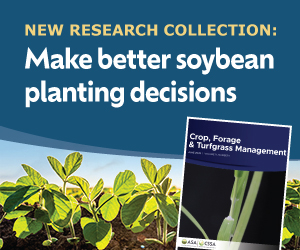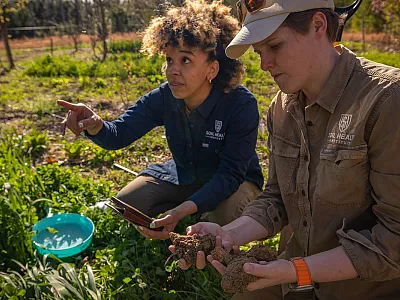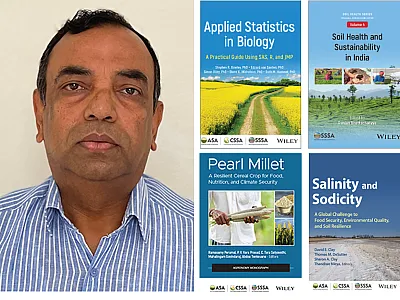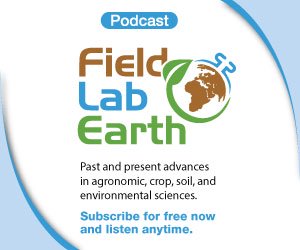Optimizing Industrial Hemp Production with Dr. Josh Freeman
July 12, 2023
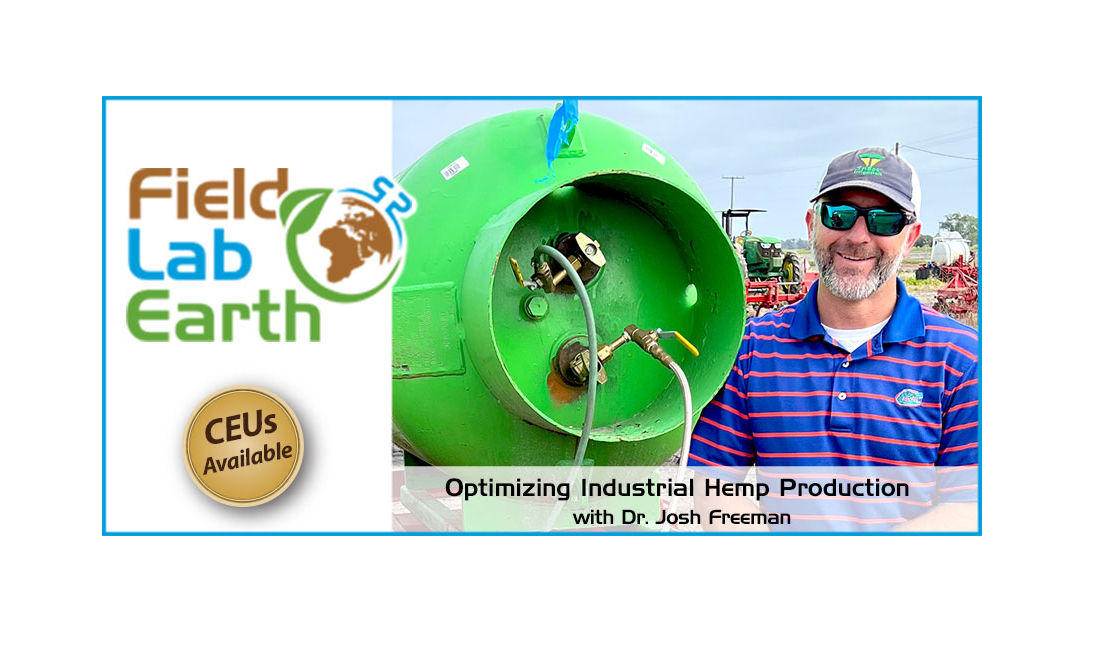
Industrial hemp has only recently been re‐introduced in American production systems. Therefore, there’s a lot to learn about how to best produce this versatile crop in American climates. In Episode 91 of the podcast Field, Lab, Earth, Dr. Josh Freeman discusses his work testing current growing practices to see where improvements can be made.
Listen to the podcast by visiting https://fieldlabearth.libsyn.com or via your podcast platform of choice. Earn 0.5 CEUs in Crop Management by taking the quiz at https://bit.ly/3N4V3VA.
- The difference between marijuana and industrial hemp is defined in the U.S. by a difference in levels of
- THC.
- CBD.
- total cannabinoid levels.
- None of the above.
- The two main groups of industrial hemp are grain/fiber varieties and essential oil varieties.
- True.
- False.
- Which of the following was listed as an obstacle for herbicide registration for hemp?
- Testing and approval requirements.
- Expense for development and registration.
- Initial concerns over the hemp market in the U.S.
- All of the above.
- The results of these experiments showed that
- pinching was beneficial to yield but low planting density was not.
- both pinching and low planting density were beneficial to yield.
- low planting density was beneficial to yield, but pinching was not.
- neither low planting density nor pinching were beneficial to yield.
- It was recommended for farmers to test for cannabinoid levels approximately every
- other day.
- three days.
- two weeks.
- four weeks.
Text © . The authors. CC BY-NC-ND 4.0. Except where otherwise noted, images are subject to copyright. Any reuse without express permission from the copyright owner is prohibited.



